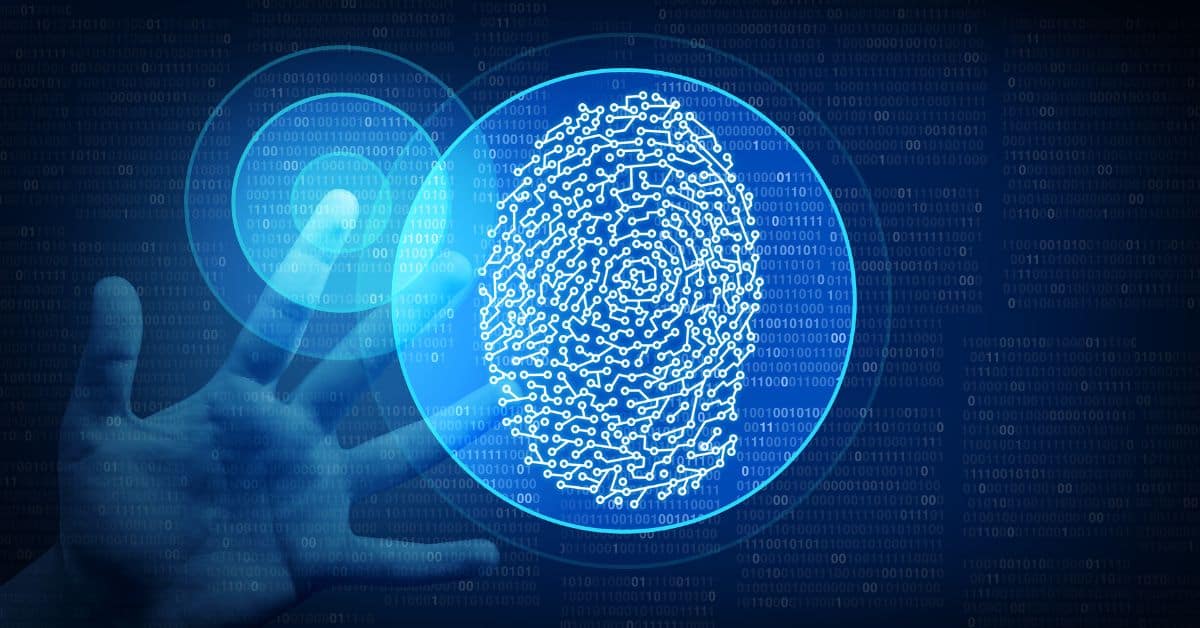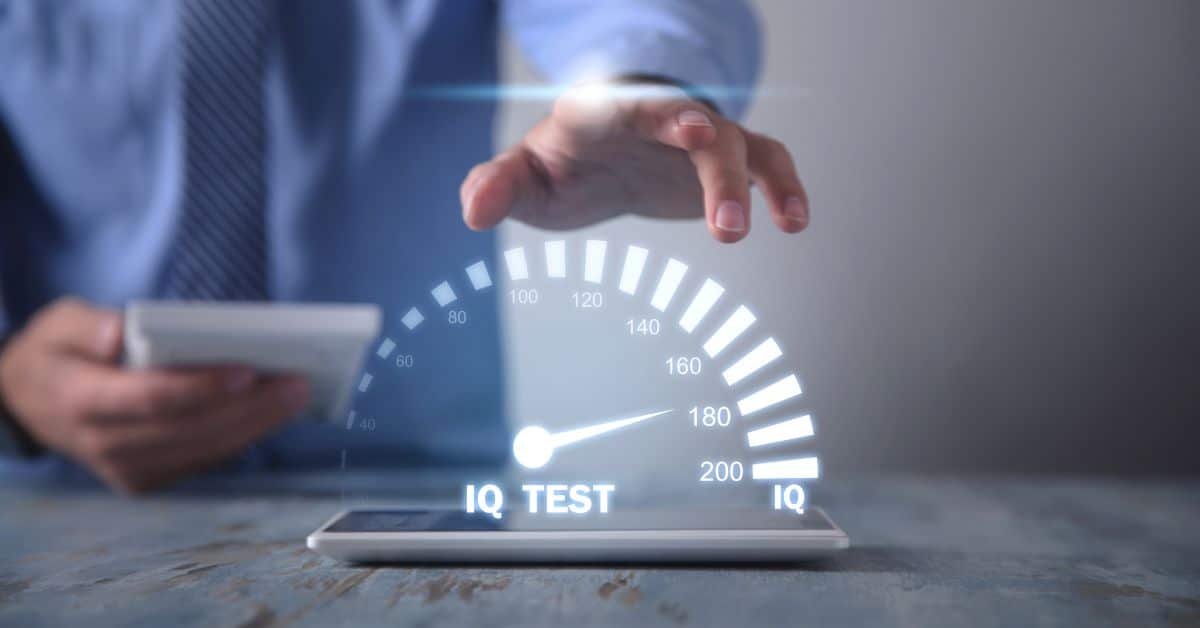Biometrics is the science of using biological attributes to uniquely identify individuals, such as fingerprints or facial recognition. These natural attributes are used for identification because they are very reliable identifiers. For example, a fingerprint is unique to each individual and cannot be replicated from paper copies or photographs; likewise, facial features cannot be altered with makeup or disguise techniques. Biometrics can be used as a primary method of identification in lieu of passwords, PIN numbers, and other common methods.
Users can also use biometrics as an additional level of security, such as with a passcode lock on their phone or computer. Biometric authentication uses one’s biometric information to verify who they are and what they are trying to access—unlike password-based authentication where users must remember a specific string of characters. The abundance of biometrics software makes it simple and affordable for companies to implement the latest technologies into their operations and habits.
How Biometrics Works
Biometrics are unique for each individual, based on physical characteristics such as fingerprints, eyes, facial features, hand and foot prints, or DNA. These characteristics are used to verify and authenticate a user, such as by scanning a fingerprint, taking a photo of a face, or logging into an app. Unlike passwords, which are just a string of characters, biometrics are unique to each user. This makes them more secure than passwords and more reliable than digital identifiers like fingerprints that can be reproduced from photographs.
Because biometric authentication requires more effort than entering a password, it also provides a higher level of security than password-only authentication. There are three main components of biometric systems: sensors, storage, and recognition software. Sensors capture data, such as fingerprints and face scans. They send the data to a storage system where it is processed and compared to data from the user’s application. The system also sends the data to the recognition software, which compares the data captured with the user’s application data.
Biometric Software and Services
Biometric software and services are key to the future of authentication. Quick and easy authentication is why many people opt to use biometrics as a primary method of identification. Except for fingerprint readers that require physical access to hardware, biometric authentication can be triggered from anywhere, such as from a smartphone. In this way, biometric systems are becoming more mobile, rather than relying on a centralized database. Biometric apps can be used for many different functions, including employee management, access control, and single sign-on. These apps can seamlessly integrate with physical security systems, so users can leave their ID card at home and use their phone to access the building or campus. With biometric software you can also track usage, set up temporary or absent access, and use voice recognition for accessibility.
Biometric Hardware
Companies also build in biometric security with sensors that capture biometrics, such as fingerprints and facial recognition. The captured data is sent to a centralized database or cloud storage, so that if someone hacks the system, they can’t access the data. Biometric devices are becoming more affordable and are often included as part of a security system. Companies can also purchase a standalone biometric reader for home or work use.
Why Is Biometric Authentication Important?
Biometric authentication is one of the most important security measures for protecting digital assets. Many online services require two-factor authentication, which usually includes a password and a secondary method of verification, such as a virtual security key. But biometric authentication adds an extra layer of protection by using one’s biometric information to access the device. Biometric systems offer more security than passwords and other common methods of authentication because they require physical verification. Unlike a password, which can be stolen from a secure database, someone would have to access the biometric system to falsify data. Biometric systems also have the advantage of being more difficult to fake than a digital signature, since they are based on unique physical attributes that cannot be altered.
How to get biometric authentication in your organization
There are a few different methods for incorporating biometrics into your organization. The first is to use a third-party service that integrates biometric authentication into your existing system. This ensures users only have to remember one login method—usually a password—and automatically provides a second method of verification. Another method is to scan employees with biometric devices and then have them confirm their identity through a central system.
This method allows for tighter control over who has access to sensitive data and also enables you to use biometrics for temporary or absent leave. Installing biometric software also requires fewer resources than upgrading to a new system. Additionally, biometric systems can be integrated with other software systems like artificial intelligence and voice recognition, so people can access their data using natural voice commands.
Bottom line
Biometric authentication is an important part of the future of authentication. With the increasing risk of data breaches, companies must implement better security measures, including biometrics. Biometric authentication can provide more security than passwords and can be used as an additional level of authentication when necessary. By using biometric authentication, you take a step toward safeguarding your data and identity.
Article Code: BD711WWE




